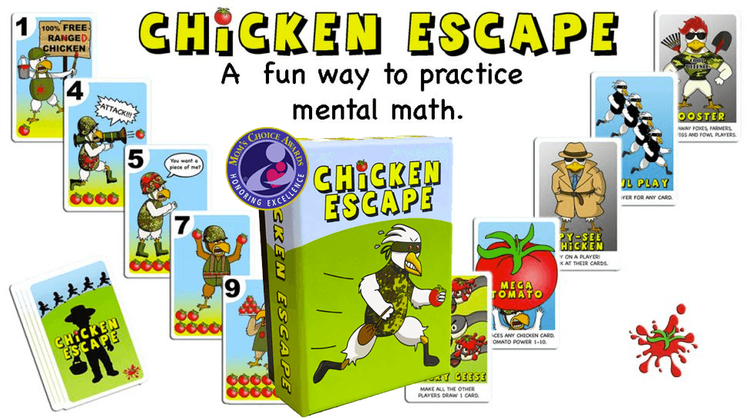Math is not just about numbers and equations; it’s a tool for understanding and navigating the world. By connecting math education to everyday life, teachers can ignite students’ curiosity and enthusiasm, showing them that math is not only useful but also integral to their daily lives. This approach not only enriches students’ understanding of math but also prepares them for a world where mathematical literacy is increasingly important.
Strategies for Connecting Math to Everyday Life:
- Use Real-World Examples: Incorporate examples from daily life into math lessons. For instance, use budgeting, shopping discounts, cooking measurements, and travel distances to explain concepts like fractions, percentages, and geometry. Ensure that examples are relatable and age-appropriate for your students and be mindful of cultural and socioeconomic diversity to ensure that examples are accessible and relevant to all students.
- Project-Based Learning: Engage students in projects that require mathematical thinking. Projects like designing a house, planning a garden, or even a simple task like creating a budget for a school event can make math more tangible.
- Incorporate Technology: Use apps and online tools that simulate real-life situations involving math. Financial literacy apps, coding games, and interactive geometry tools are great ways to connect math with practical applications.
- Math in Careers: Discuss various professions that use math. This can range from architects and engineers to scientists and economists. Understanding how professionals use math in their jobs can motivate students to learn more diligently.
- Math in Nature: Highlight the presence of math in nature. Talk about patterns, symmetry, and shapes found in the natural world. This not only enhances math learning but also fosters a greater appreciation for nature.
- Interdisciplinary Connections: Integrate math with other subjects. For instance, teach statistics through sports (calculating batting averages, points per game, etc.), explore mathematical concepts in art and music, and examine numerical data in social studies such as population growth trends and significant historical dates.
- Math in Home Activities: Encourage parents to involve children in activities that use math, such as cooking, home repairs, or budgeting. Real-life contexts make math more meaningful and less intimidating.
- Critical Thinking and Problem Solving: Pose real-life problems that require mathematical thinking to solve. This approach develops critical thinking skills and shows students the practical application of problem-solving techniques.
- Use of Media and Current Events: Utilize news stories, advertisements, and social media to discuss and critique the use of math in everyday information and decision-making.
- Field Trips and Guest Speakers: Organize field trips to places where math is used professionally. Invite guest speakers from various careers to talk about how they use math in their work.



